Career growth
In 2018 I inherited a team of people who were told they are designers, but none had a background in design, psychology, computer science, multimedia, publishing, English or Journalism — the degrees that usually feed grad programmes for experience design.
I set up a framework to benchmark the team and help them see if they had a aptitude for any of the design fields and whether they were interested in pursuing it.
It also afforded me the opportunity to create a growth plan for the junior-, mid- and senior designers in the team. I shared my research at UXSA that year — and I’ve since refined my thinking and the implementation.
The plan starts with assessing technical design skills.
What if we could find a way to succinctly show building blocks, roles, levels and define a shape for different types of experience designers?
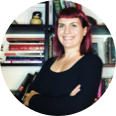
Service design 5/7
Interaction design 6/7
Prototyping 5/7
Visual design 4/7
UX writing 4/7
Information architecture 5/7
Research 6/7
7 technical design skills

How stuff look
The look and feel of any and all elements you interact with. And what it communicates to you.
Visual or UI designers
1. Visual design 2. Prototyping 3. Interaction design
Product design
1. Visual design 2. Interaction design 3. Research 4. Prototyping
Service design
Support customer journeys by coordinating systems-level understanding of what goes into delivering a service.
E.g. technical systems, frontline employees, touchpoint.
Interaction design
Structural design of a software interface. Focuses on how the human, the interface and the software interacts with each other.
Prototyping
Quickly simulating proposed designs in order to better judge their user experience. Writing code or using tools.
Visual design
Colour, composition, typography, brand expression that present the product or service that is clear, approachable & exhibits personality.
Writing
Clear written communication that, like good design, guides the user through an experience. Most of the time, the content is the experience.
Information architecture
Clear written communication that, like good design, guides the user through an experience. Most of the time, the content is the experience.
Research
Understand the hearts and minds of the customer. Conduct user research sessions and derive meaningful insights through analysis.
How stuff works
We need to understand how things work — workflows, back offices, people in teams. Giving these job roles.
Information architects
1. Information architecture 2. Writing 3. Interaction design
Researchers
1. Research
How stuff look
The look and feel of any and all elements you interact with. And what it communicates to you.
Visual or UI designers
1. Visual design 2. Prototyping 3. Interaction design
Product design
1. Visual design 2. Interaction design 3. Research 4. Prototyping
How stuff sounds
Arguably the most important aspect of experience design — relating to how the words we use the stories we tell your customers.
Content strategist
1. Writing 2. Information architecture 3. Research
UX Writer
1. Writing
Shape of experience design
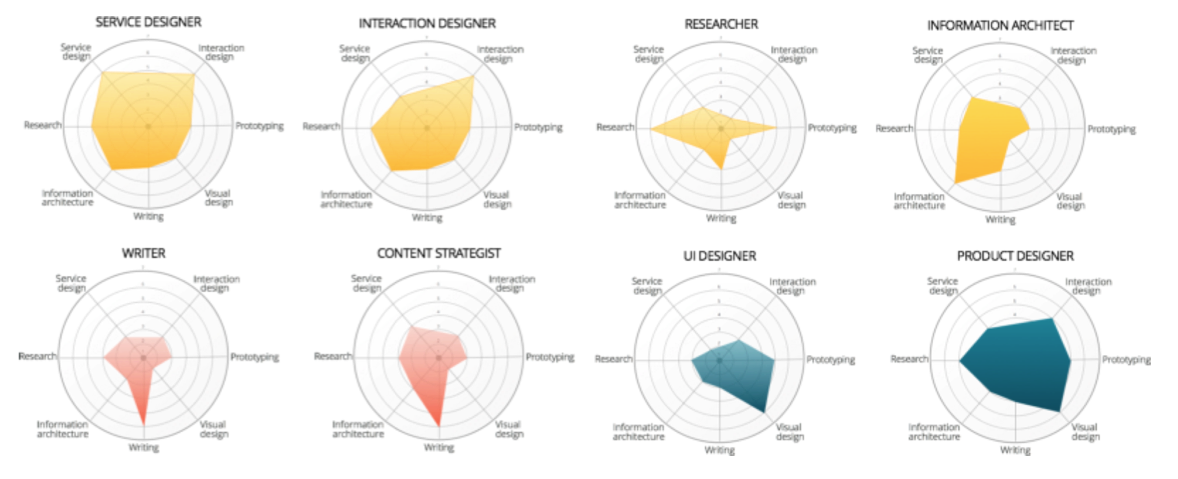
Pillars of experience design
All experience designers should be well versed in the 4 pillars of UX:
Usability - how easy is it to use & learn the system
Accessibility - can everyone use the system
Findability - are people able to find what they are looking for, do what they're trying to do
Credibility - do people trust your system
Professional skills
- Behaviour & activity
- Critical thinking
- Facilitation
- Scale
- Process
- Business of design
- Team work
Communication skills
- Design communication
- Visual
- Writing
- Presentation
- Communication
- Framing problems & solutions
- Active listening
- Critique
Design levels
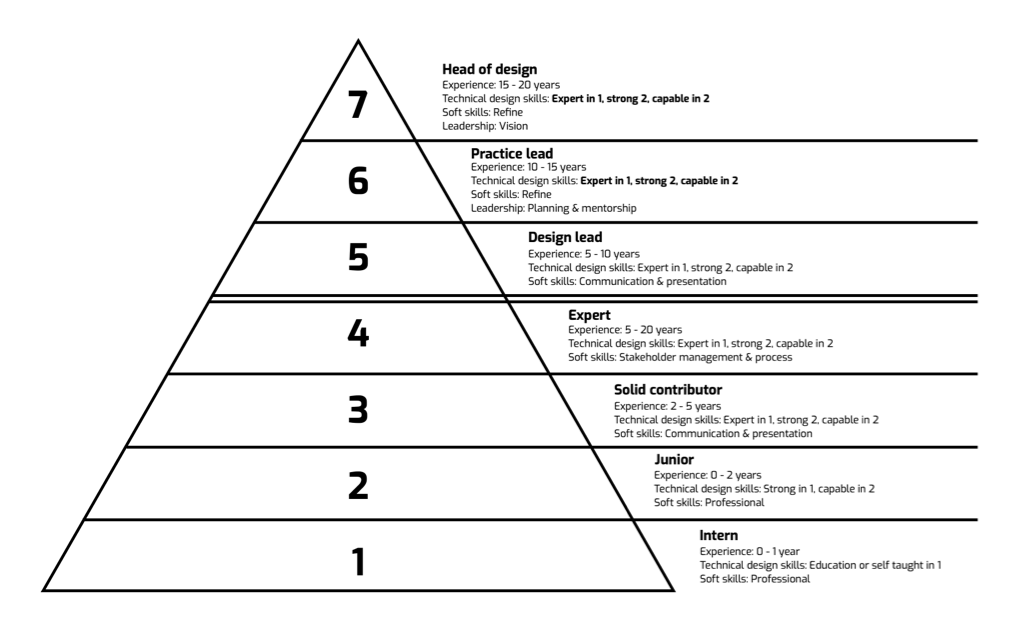
Based on the pyramid from Org design for design orgs - updated to resemble the engineering growth path, to aid ease of levelling for HR
Leadership or craft?
It's important for businesses and design leaders to cultivate individuals who prefer to make. There is a misguided opinion that the next step as a designer is to move into leadership. In my view, designers who are more introverted may prefer the craft route. More extroverted people find the leadership path easier to follow -- but essentially it's about ambition or interest.
Work
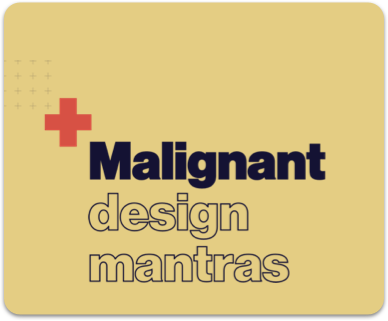
Malignant design mantrasWhen your favourite heuristic makes your design worse - instead of better
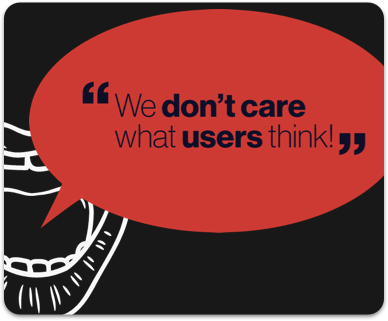
Make friends for moneyA talk on helping designers and engineers work better together. By thinking about money more.

Reductionist wisdomA dissection on what people think about when you show your design solutions to them
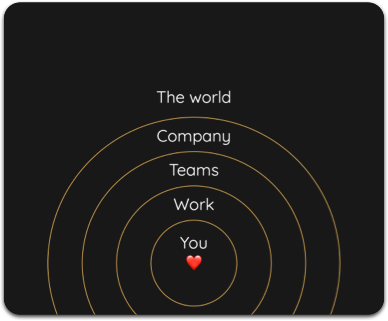
Lockdown leadership lessonsMy experiences and some tips on starting a new head of UX role under lockdown.
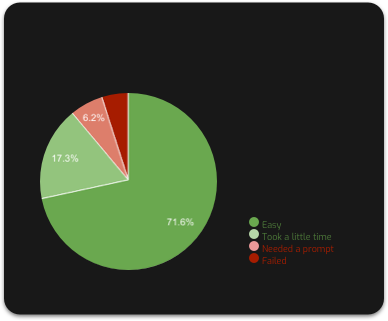
Set a continuous research programmeDesign leadership
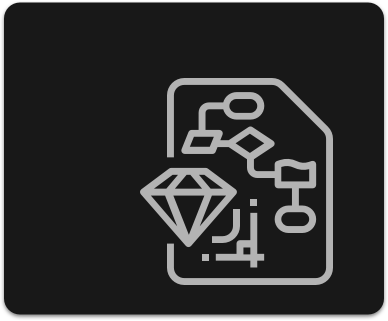
Design processDesign leadership, process
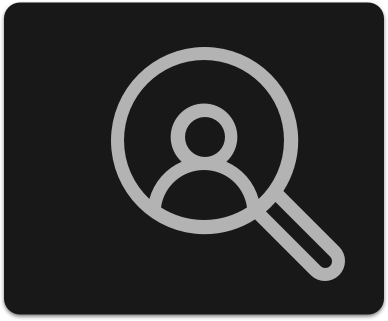
Hiring designersDesign leadership
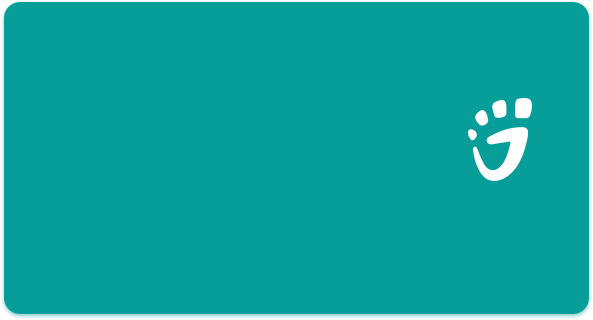
Go humanI'm looking at how designers can use their skills to help with the planet emergency.
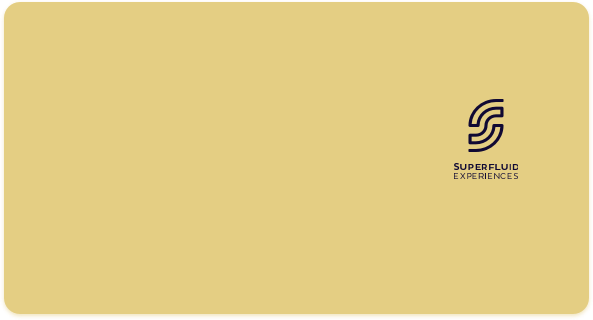
Superfluid experiencesMy Experience design company - I'm working on tools to help designers & small businesses. It should be easy to do things.
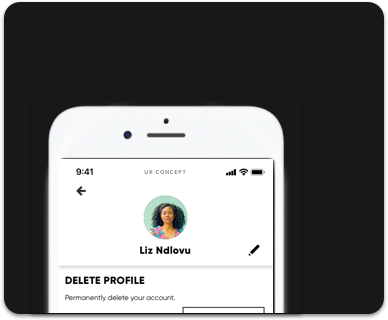
POPIConceptual design & leadership
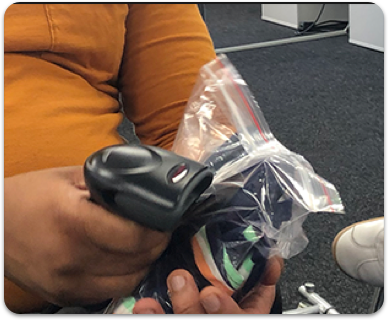
Studio managementService design
